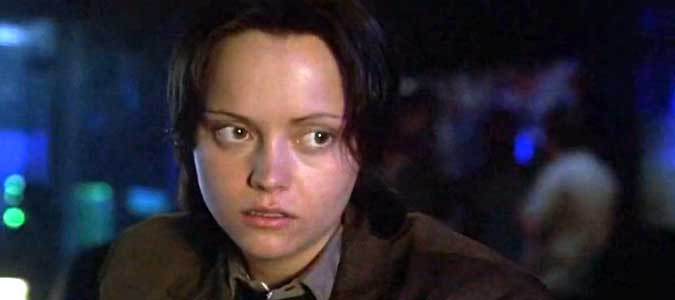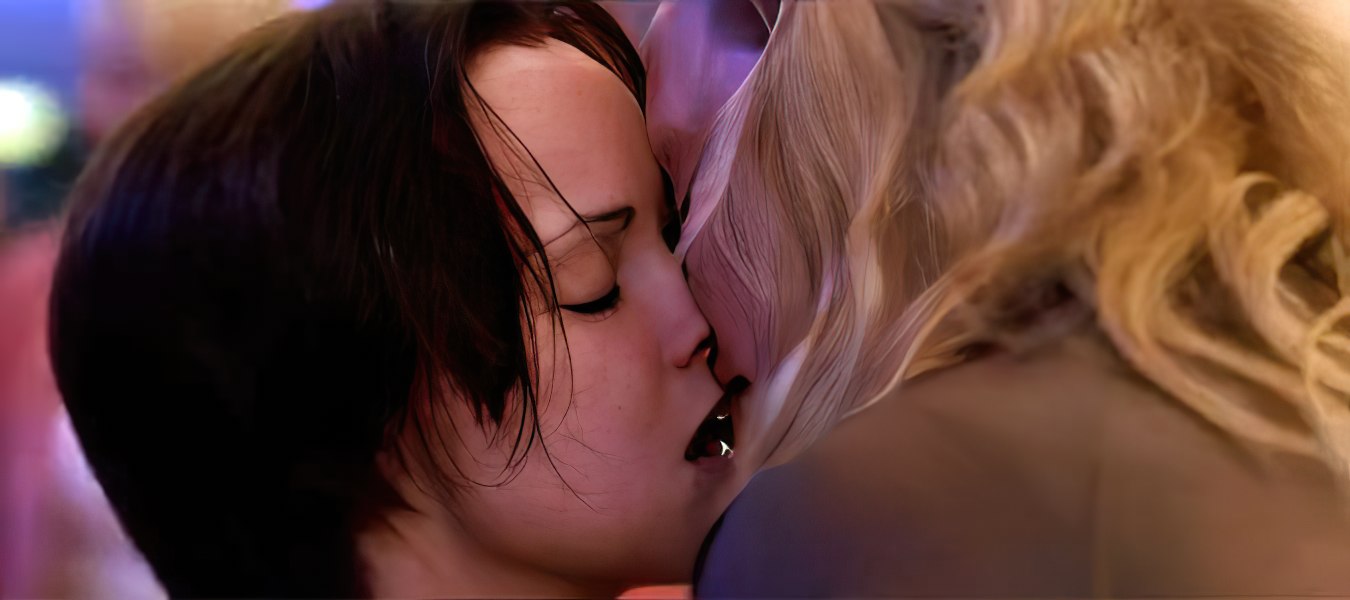This page may contain one or more affiliate links, which means that if you purchase a product through that link, I may receive compensation. The links will be identified with the text "affiliate link". Click to learn more.
Now that I have your attention, let me tell you more about the 2003 movie Monster lead by cast Charlize Theron and Christina Ricci. The two portray the real story of female serial killer Aileen Wuornos, a prostitute who is compelled to kill men after being brutally raped. Hollywood never missing a beat decided to make this into a movie as soon as she was executed in real life.
The most interesting part of the story however is when Charlize Theron’s character (Aileen) meets Christina Ricci’s character (Selby Wall ) early in the movie Monster. Selby is hanging out in a gay bar, desperate, while Aileen is getting out the rain and buys a beer with the little cash that she has. One thing leads to another, they go to a roller skating rink and we the sweetest kissing scene that could exist between two pretty celebrities.

At the time when I saw the movie Monster in theaters, I never heard of Charlize Theron and I thought Christina Ricci looked like a freak. I remembered her from those Addams Family movies with the squashed face shape and strange eye shape. With big eyes and a circular face, she looked like an anime character in her youth. The thing though is that her unique anatomy just made her more appealing as time went on.
Charlize Theron may have looked like crap due to the choice (or lack) of makeup in this film, but the decision to look ugly won her many awards, including an Academy Award and a Golden Globe.
The move Monster may have been a cash-grab with the stars making out and having a lesbian sex scene, plus taking advantage of recent media coverage. However that does not take away from the quality of the movie and the story which is rich in content and entertainment. If you have a chance you should definitely watch this movie.

